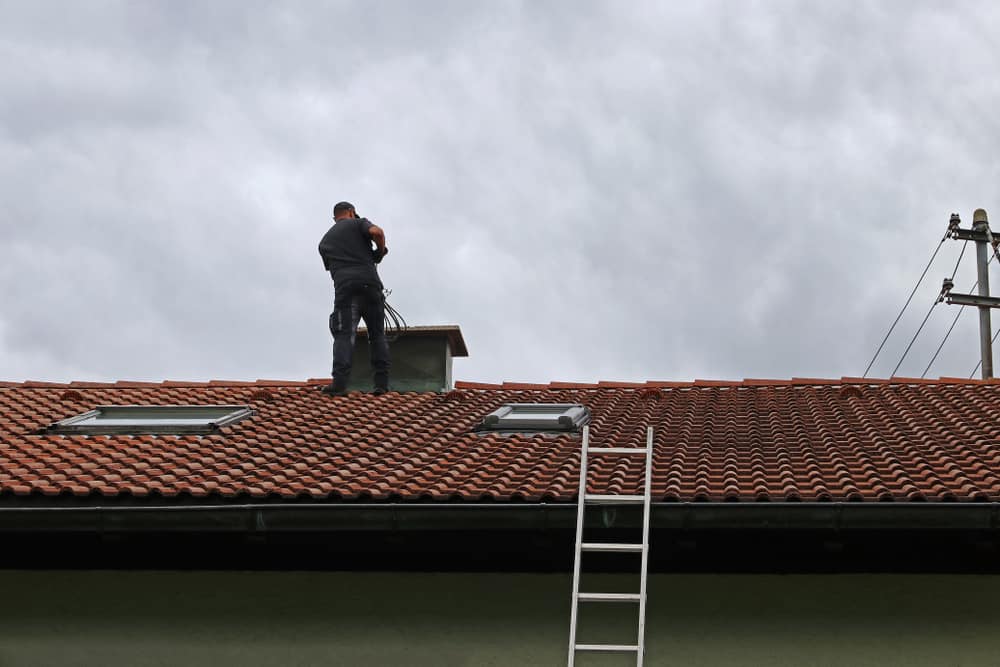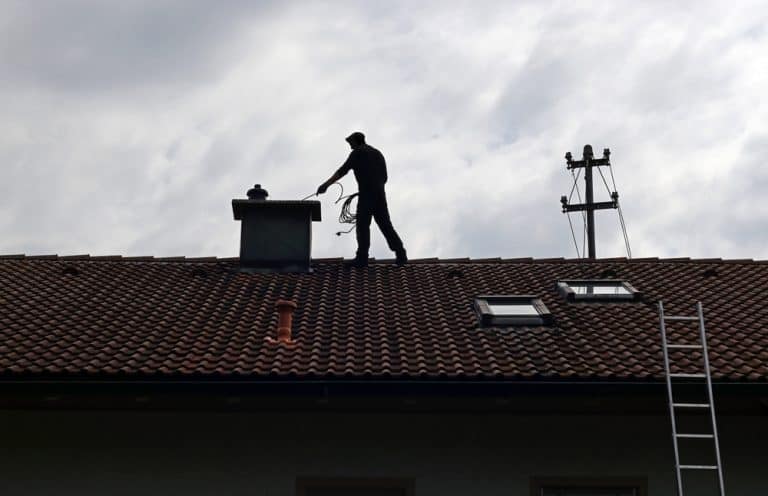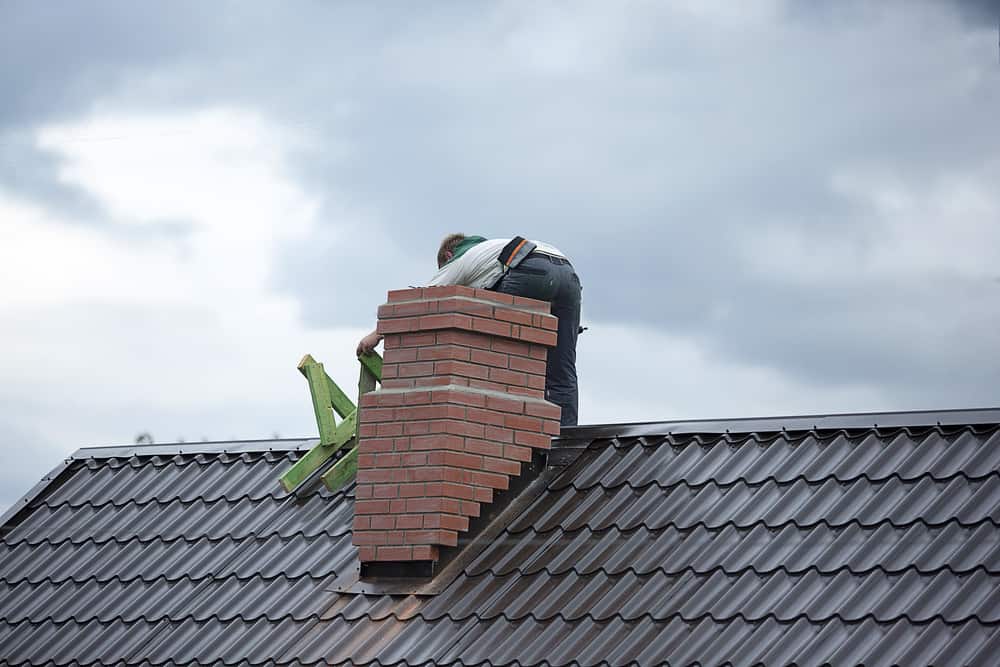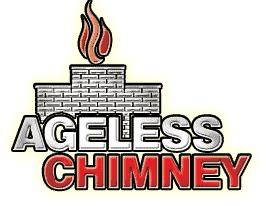Chimney Sweep In Central Harlem, NY
What our clients say




View our work
Browse all Services
contact us

Building a custom home is an exciting experience, but it is only the beginning of being a homeowner. Once you’ve moved into your dream tailored home, you’ll want to take care of it, so it lasts as long as possible.
Furthermore, regular maintenance and fireplace sweeping in NY can help avoid unexpected chimney repair and issues. Many custom home designs include stoves or fireplaces, which necessitate the installation of a chimney.
Chimney cleaning and inspection in Central Harlem, NY, is a critical maintenance task that is frequently overlooked. Let’s understand what every homeowner should know about chimney cleaning and inspection in New York County:
Owner Operated
Because all jobs are handled by an owner, you can rest assured that your project will command the attention it deserves.
Free Estimates
Great service at the best price. We will not be undersold. Our estimates are FREE and we will beat any written estimate.
24-Hour Emergency Service
Ageless Chimney is one of a few chimney companies to offer TRUE 24-hour emergency service should you need it.

1) Chimneys Should Be Inspected At Least Once A Year
A qualified inspector or certified chimney fireplace sweep in NY should inspect your chimneys, fireplaces or stoves, and vents at least once a year. You should request and receive a Level 1 chimney sweep and inspection.
This level of inspection examines your chimney and other areas to ensure they are structurally sound, free of deposits or blockages, and have the proper clearances. You should perform any necessary chimney repair, cleaning, and maintenance.
An annual chimney inspection by a chimney sweep specialist near me in Central Harlem, NY, alerts you regarding any problems before they become serious.
2) Clean & Inspect Your Chimney Even If You Do Not Use It
Some homeowners may not want to use their fireplace for various reasons, or they may take a break and not use it for a year. Even if you don’t use your fireplace, you should have the chimneys cleaned and inspected regularly.
When you have a chimney, the other heating devices in your home will release toxic gases through it. If something is blocking your fireplace chimney, those potentially harmful fumes will not be able to escape and will instead remain inside your home.
This is one of the most common homes heating mistakes because it makes heating and cooling your home more difficult.
3) Chimney Cleaning & Inspection Avoid Chimney Fires
Chimneys, fireplaces, and chimney connectors cause home fires each year. Many of these house fires could have been avoided if chimneys had been cleaned and inspected regularly. Dirty or blocked chimneys can burn explosively or slowly – in fact, most fires burn slowly and go unnoticed!
These chimney fires do not receive sufficient air to become volatile, explosive, or visible. You may not realize you had a chimney fire until the next fireplace chimney inspection!
Even if it goes unnoticed at the time, a chimney fire is still dangerous because it can cause severe damage to the chimney structure system. This is also why regular chimney cleaning, fireplace sweeping, and inspection are among the most essential home fire safety tips.

Why Is Chimney Cleaning & Inspection Necessary?
Chimney inspection and cleaning is a crucial home maintenance challenge and one of the most essential winter home maintenance tips.
It keeps you and your family safe by preventing chimney fires and keeping your equipment in good working order for as long as possible. Let’s look at why you should have your chimney inspected and cleaned in the first place.
- The acidic deposits formed during the combustion process corrode masonry or metal chimneys. They will quickly deteriorate as a result of this.
- Creosote, a flammable by-product of incomplete combustion, accumulates on the inside surfaces of your chimney and chimney cap. Creosote can be extremely dangerous, causing a chimney fire that can quickly spread to your home.
- When a chimney is not used frequently, birds can congregate and nest there, clogging the fireplace. You’re also likely to have accumulated debris of various kinds.
High winds or heavy rain can also cause chimney damage in Central Harlem, NY. As a general rule, the CSIA recommends that a chimney must have a rain cap to keep out animals and water, as these are the primary causes of chimney fireplace failure.
Start your search with the Chimney Safety Institute of America listed experts to find a qualified and certified chimney sweep near me in NY for affordable service if you’re moving into your custom home or your current chimney hasn’t been inspected yet.
Having someone you can trust who knows what to look for is helpful whether you need an inspection now or in a year.
Have a question?
Before the arrival of European settlers, the area that would become Harlem (originally Haarlem) was inhabited by a Native American band, the Wecquaesgeek, dubbed Manhattans or Manhattoe by Dutch settlers, who along with other Native Americans, most likely Lenape, occupied the area on a semi-nomadic basis. As many as several hundred farmed the Harlem flatlands. Between 1637 and 1639, a few settlements were established. The settlement of Harlem was formally incorporated in 1660 under the leadership of Peter Stuyvesant.
During the American Revolution, the British burned Harlem to the ground. It took a long time to rebuild, as Harlem grew more slowly than the rest of Manhattan during the late 18th century. After the American Civil War, Harlem experienced an economic boom starting in 1868. The neighborhood continued to serve as a refuge for New Yorkers, but increasingly those coming north were poor and Jewish or Italian. The New York and Harlem Railroad, as well as the Interborough Rapid Transit and elevated railway lines, helped Harlem’s economic growth, as they connected Harlem to lower and midtown Manhattan.
Apartment building in Central Harlem A condemned building in Harlem after the 1970sThe Jewish and Italian demographic decreased, while the black and Puerto Rican population increased in this time. The early-20th century Great Migration of black people to northern industrial cities was fueled by their desire to leave behind the Jim Crow South, seek better jobs and education for their children, and escape a culture of lynching violence; during World War I, expanding industries recruited black laborers to fill new jobs, thinly staffed after the draft began to take young men. In 1910, Central Harlem population was about 10% black people. By 1930, it had reached 70%.
Learn more about Central Harlem.Local Resources
Useful links for Central Harlem, NY
- Open a Central Harlem, NY map
- Find the Central Harlem, NY United States Post Office
- Locate nearby Central Harlem, NY pharmacies
- View the current Central Harlem, NY weather report
- Browse a list of Central Harlem, NY public and private schools
- Central Harlem, NY is located in New York county in New York State
Useful Links
Here are some chimney-related links:
